4 Day Private Lodge Safari Tanzania
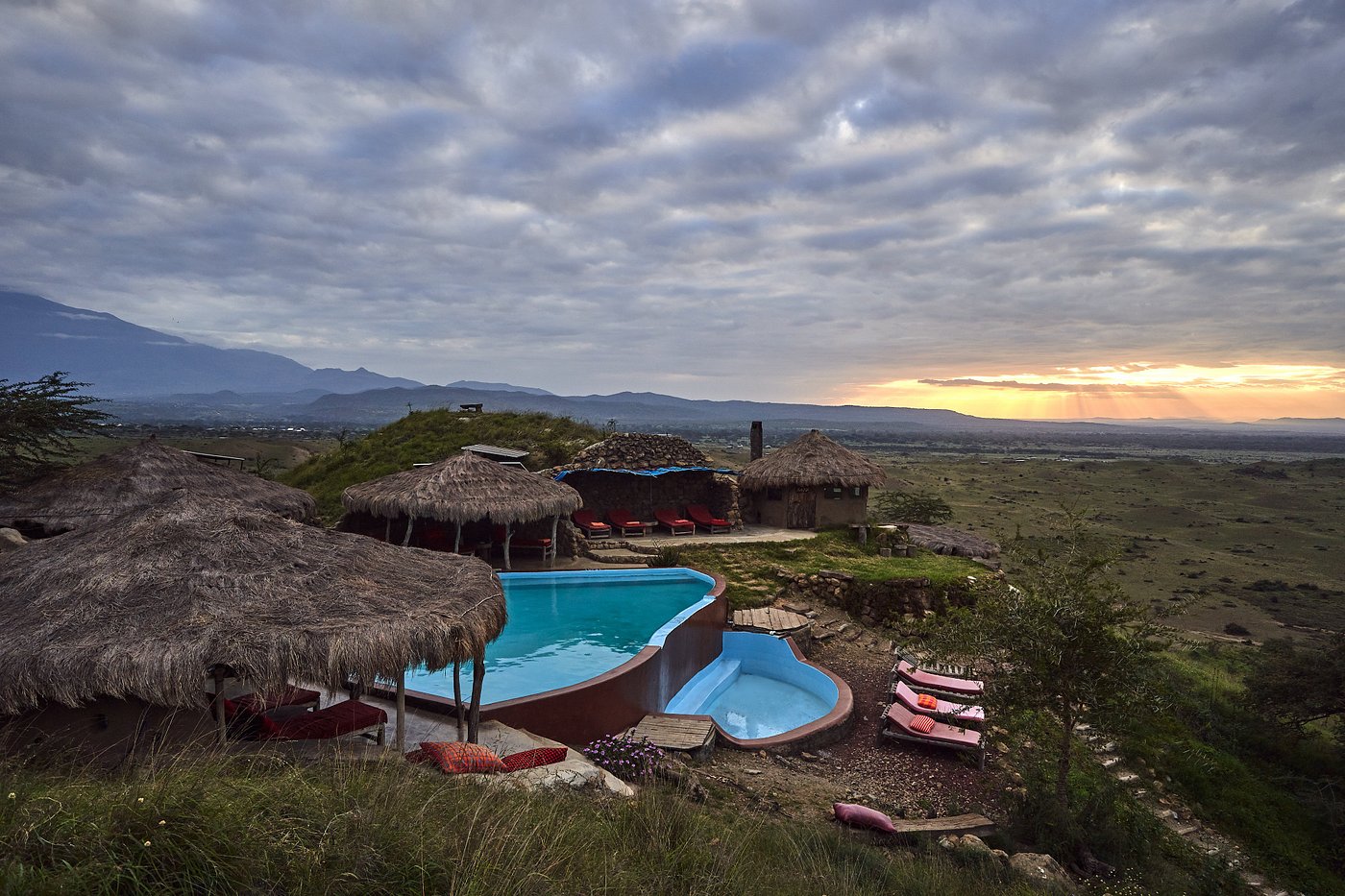
In Tanzania, a private lodge safari is experienced as a guided tour through one of the country’s national parks or game areas, shared with only a small number of other guests. These safaris are typically arranged with a private guide and vehicle, allowing the wildlife and landscapes to be explored more intimately and according to the preferences of the guests. Popular destinations for such private tours include Serengeti National Park, Ngorongoro Crater, and Tarangire National Park.
A 4 day private lodge safari in Tanzania is crafted to offer an exclusive and immersive journey through some of the country’s most iconic wildlife destinations.
From the moment the safari begins, guests are guided through vast savannahs, rich crater landscapes, and ancient baobab-dotted plains—all while being accompanied by a professional driver-guide and transported in a private 4×4 safari vehicle. Luxurious lodges are carefully selected and booked in advance, where personalized service, fine dining, and serene surroundings are enjoyed after each day’s adventure. Throughout the experience, wildlife sightings are made more intimate, and itineraries are tailored to suit the pace and interests of the guests.
Over the course of four days, Tanzania’s premier national parks—such as Tarangire, Ngorongoro Crater, and the Serengeti—are explored in depth. Each location is chosen for its unique ecosystem and rich concentration of wildlife, ensuring that the Big Five and other remarkable species are observed in their natural habitats. Game drives are scheduled for optimal viewing times, while private lodge accommodations provide comfort and privacy in the heart of the wilderness. By the journey’s end, unforgettable moments are created, where nature, comfort, and exclusivity are seamlessly blended into one remarkable safari experience.
4 Day Private Lodge Safari Tanzania
Arusha to Tarangire National Park
In the morning, you will be picked up at your hotel in Arusha and given a short preparation. Then you will head toward Tarangire National Park. Huge groups of elephants live in the park, which has grassland, baobab trees, seasonal swamps, and lagoons. Many animals meet at the Tarangire River, which gives them life. You should see a variety of mammals, such as giraffes, bushbucks, hartebeests, and the strange-looking gerenuk and fringe-eared oryx. Buffaloes, zebras, and wildebeests live in the park as well. A wide range of animals, including lions, are always close behind them. There are times when leopards are seen and times when cheetahs are seen. You will be able to enjoy the scenery and watch the animals from the open roof of the safari car. You will get to the lodge in the late afternoon.
Mto wa Mbu to Serengeti National Park
After breakfast, you’ll drive through the Ngorongoro Conservation Area from Mto wa Mbu to Serengeti in 6 hours (including pauses).
You’ll momentarily stop at the entrance and viewpoint to admire Ngorongoro Crater.
Visit Maasai people. It is optional to visit and explore the great Maasai tribe, famed for pursuing lions of their kill, shooting lions to be called warriors, and drinking raw animal blood. Though these traditions are gone, you can learn something from drinking blood.
Late afternoon wildlife drive in Seronera (central of Serengeti) till late evening, when you’ll watch a predator hunting or killing wild animals and the Serengeti sunset.
Serengeti National Park to Ngorongoro Crater
After an early breakfast, you will go on a game drive and see a lot of animals until the afternoon. For lunch and to pack, you will go back to the camp, and then you will go on another game drive. You’ll leave the Serengeti at the same time and head to the camp, which is about an hour’s drive away.
Ngorongoro Crater to Arusha
The trip to find the black rhino will start early with breakfast. Then you will go down into the hole. Most animals will be easy to see from this park because the beautiful crater is on the ground. Rhinos will be the hardest to find.
While you’re at your hotel, you can pack for your trip to Arusha after lunch and go on a game drive. You will then climb up the crater to the camp.
Included
Excluded
When is the best time to travel?
Scan to start chatting with us now!
The best time to visit is generally considered to be during the dry season, when weather conditions are more pleasant and travel is less likely to be disrupted, typically based on your preferred destinations. During this period, landscapes are at their most vibrant, wildlife sightings are more frequent, and activities can be enjoyed with greater ease. While visits are possible year-round, choosing this window is often recommended to ensure the most rewarding and comfortable experience.

General Climate
-
Southern Africa is hot and wet—great for lush landscapes but not ideal for wildlife spotting.
-
East Africa is dry and sunny—excellent for safaris and beach holidays.
-
North Africa (e.g., Egypt) is pleasantly cool.
Why: Peak of the dry season; excellent for wildlife viewing, especially in the Maasai Mara and Amboseli. Also great beach weather along the coast.
General Climate
- Similar to January. East Africa remains dry and ideal for travel.
- Southern Africa continues to experience summer rains.
Why: Calving season in the southern Serengeti; predators are active. Good weather in Zanzibar for beach lovers.
General Climate
-
Wettest month in East Africa; not ideal for safaris.
-
Southern Africa is still rainy, but the tail end of the wet season.
-
North Africa heats up quickly.
Why: Warm but not oppressively hot. Ideal for exploring ancient sites like Luxor, Aswan, and the Pyramids.
General Climate
- Rain begins in East Africa.
- Southern Africa starts to transition, with some rains still occurring.
- Egypt begins warming up.
Why: Great for gorilla trekking in Bwindi before the heavier rains. Cooler weather in the mountains and fewer crowds.
General Climate
-
Peak dry season in East and Southern Africa—excellent for game viewing.
-
Nights can be cold in desert regions.
Why: Outstanding game viewing in the Okavango Delta during the annual flood. Dry and comfortable weather.
General Climate
-
Dry season in most regions of East and Southern Africa.
-
Cooler temperatures and clearer skies.
Why: Prime safari season begins. Victoria Falls is still in full flow, and wildlife viewing improves as vegetation thins out.
General Climate
-
Prime dry season continues in East and Southern Africa.
-
Cooler temperatures in the highlands.
Why: Cool, dry, and clear. Perfect time for dramatic desert landscapes, wildlife viewing in Etosha, and exploring Sossusvlei.
General Climate
-
End of rainy season in East Africa—landscapes are lush.
-
Southern Africa becomes cooler and drier—a sign of great safaris to come.
Why: Dry season begins; ideal time to see lemurs and other endemic wildlife. Also good for trekking and photography.
General Climate
-
Dry season continues but temperatures start to rise.
-
Wildlife congregates around water sources.
Why: One of the best months for game viewing in Hwange National Park and visiting Victoria Falls with good flow and visibility.
General Climate
-
Hot and dry across most of Africa.
-
Late dry season—excellent for spotting wildlife.
Why: Great for safaris in Kruger and start of wildflower bloom in the Western Cape. Also good time for whale watching along the coast.
General Climate
-
Rain returns to East Africa (short rains).
-
Southern Africa sees rising temperatures.
-
Still good wildlife viewing in some places before the rains fully begin.
Why: Short rainy season, but still accessible for gorilla trekking. Lush green scenery and fewer tourists.
General Climate
-
Warm and wet in Southern Africa.
-
East Africa enjoys another dry spell (short dry season).
-
North Africa is cool and dry.
Why: Dry season starts; ideal for historical sites, Simien Mountains trekking, and experiencing Timket preparations.
Featured Headlines
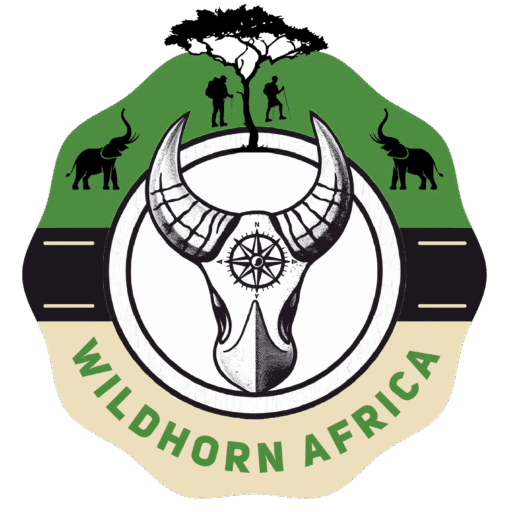
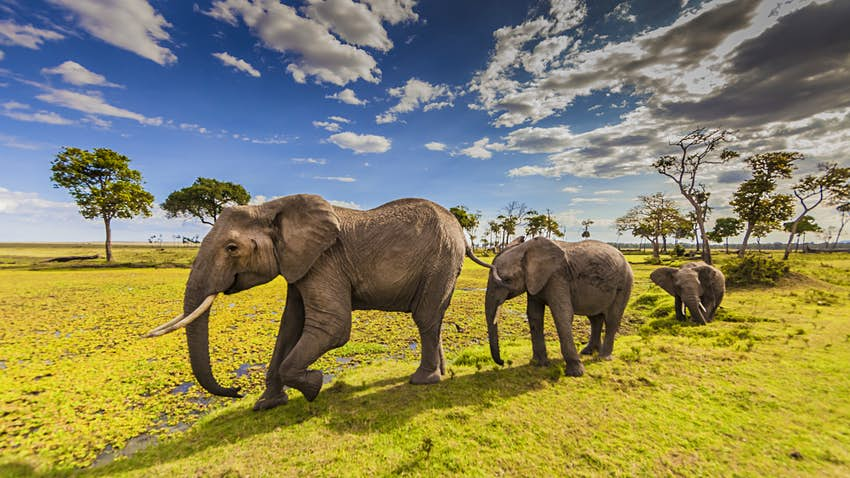
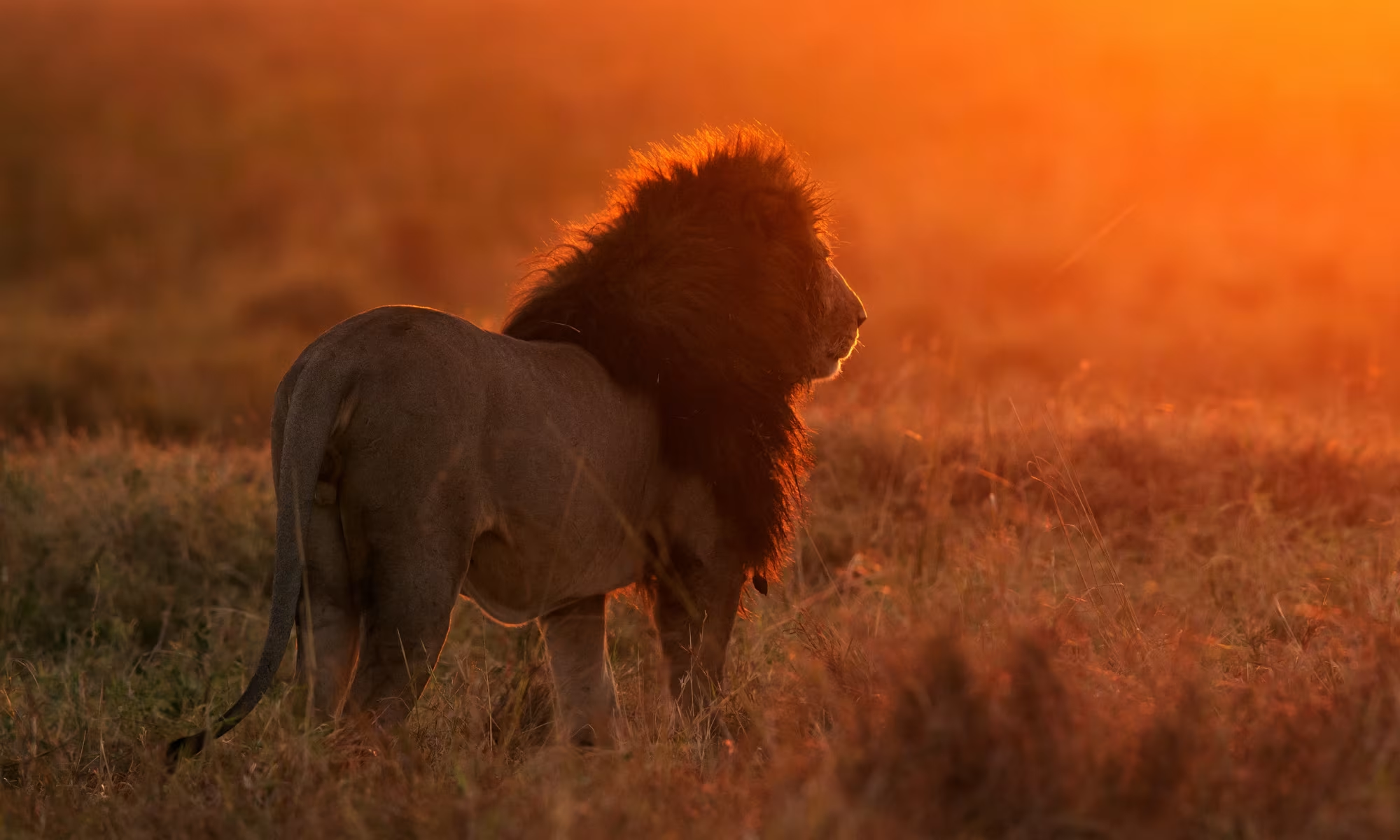
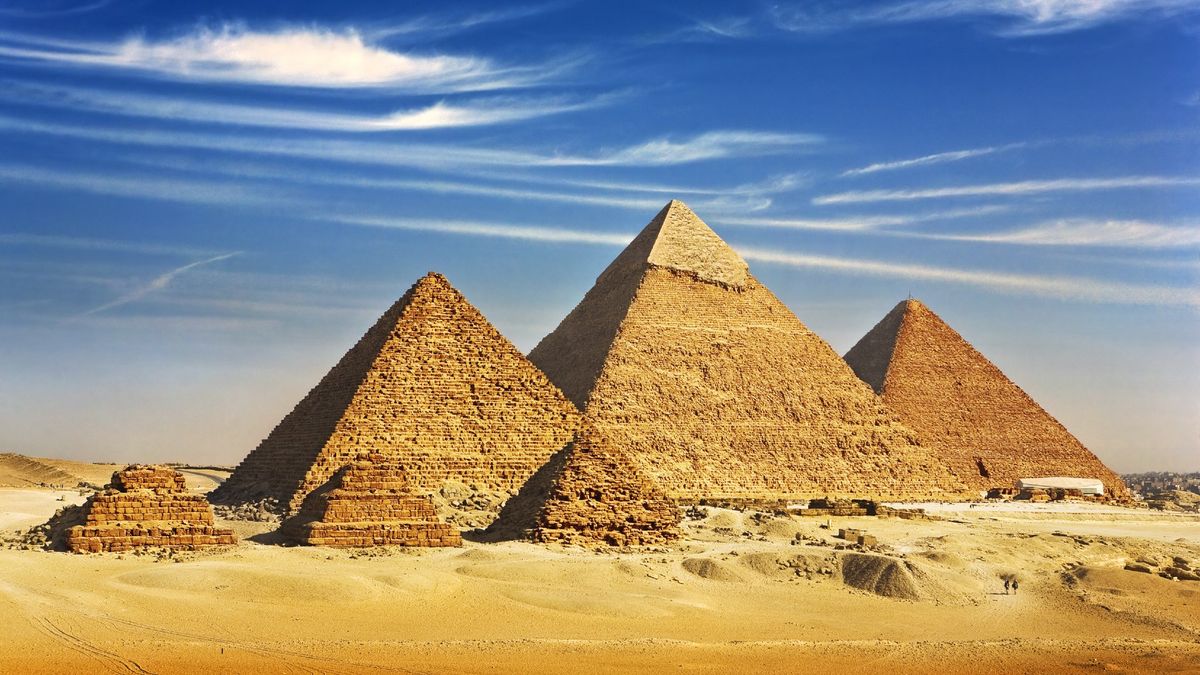
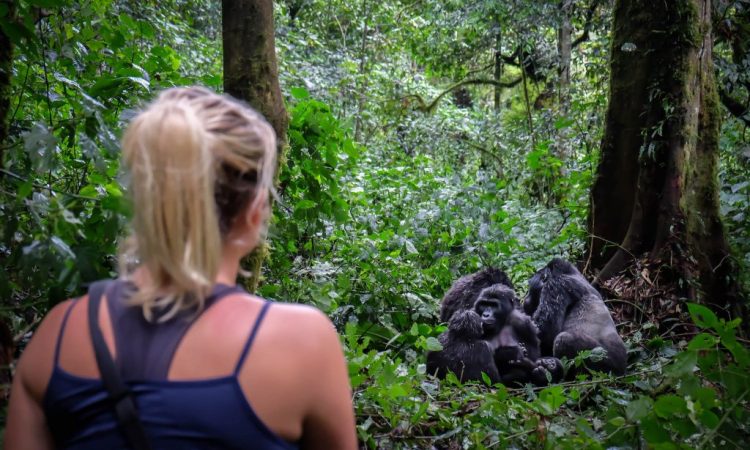
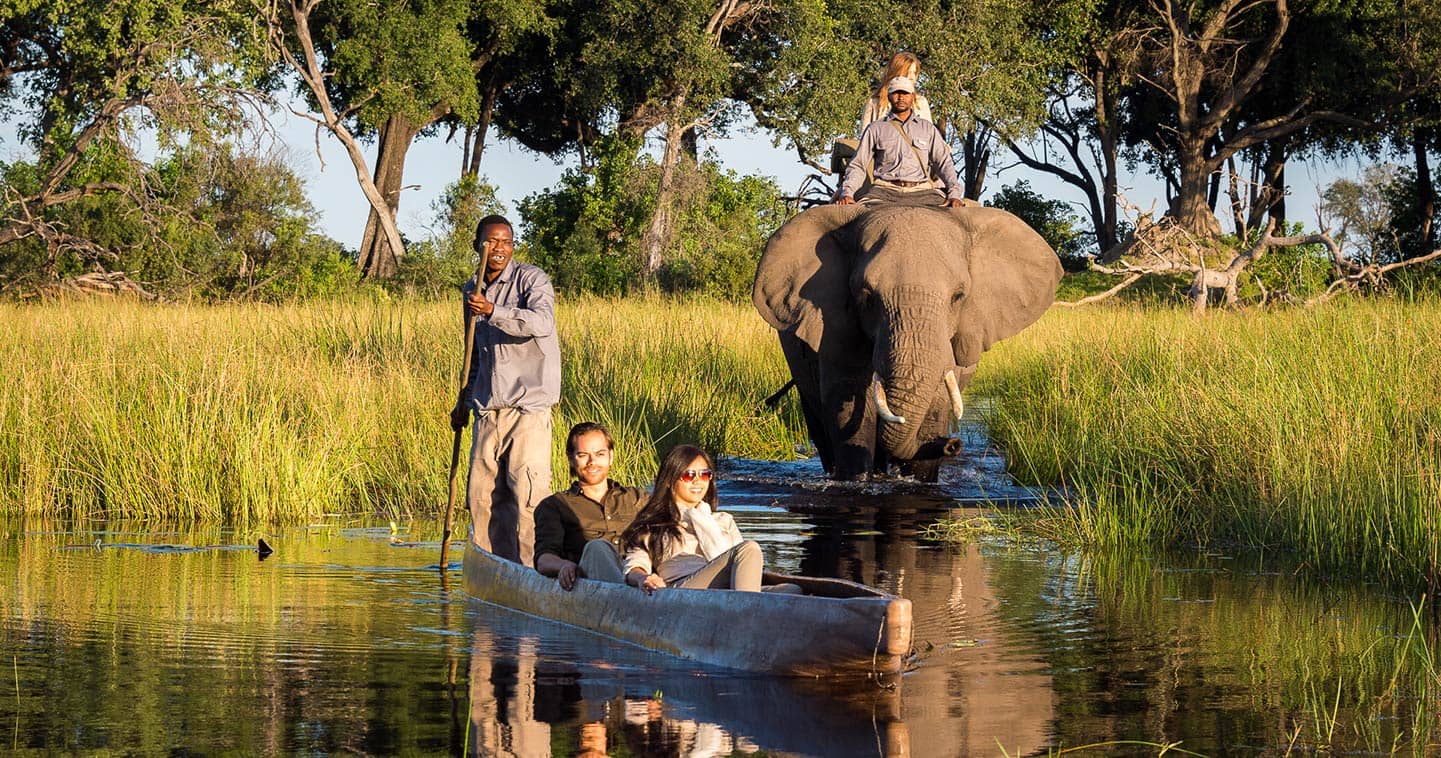
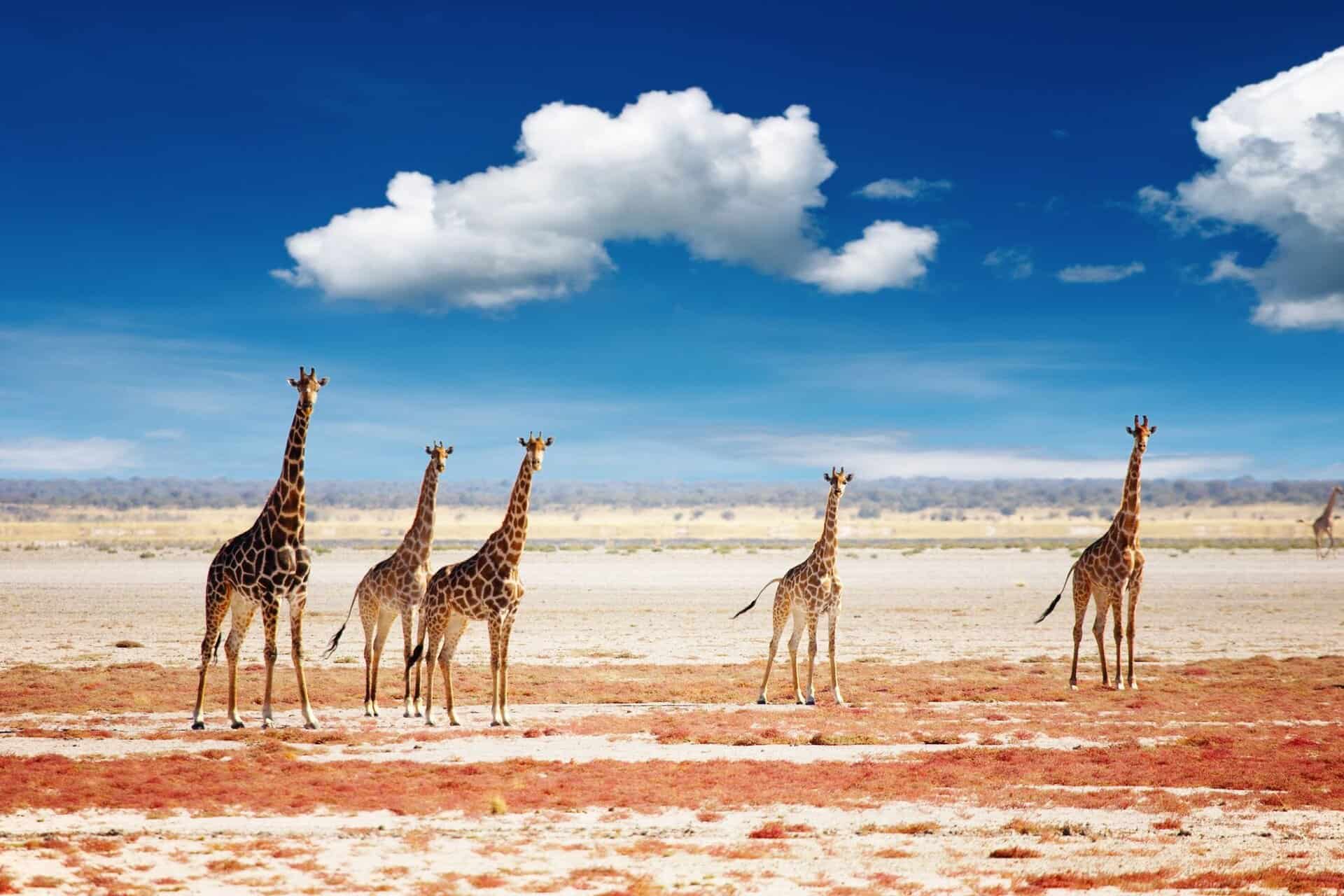
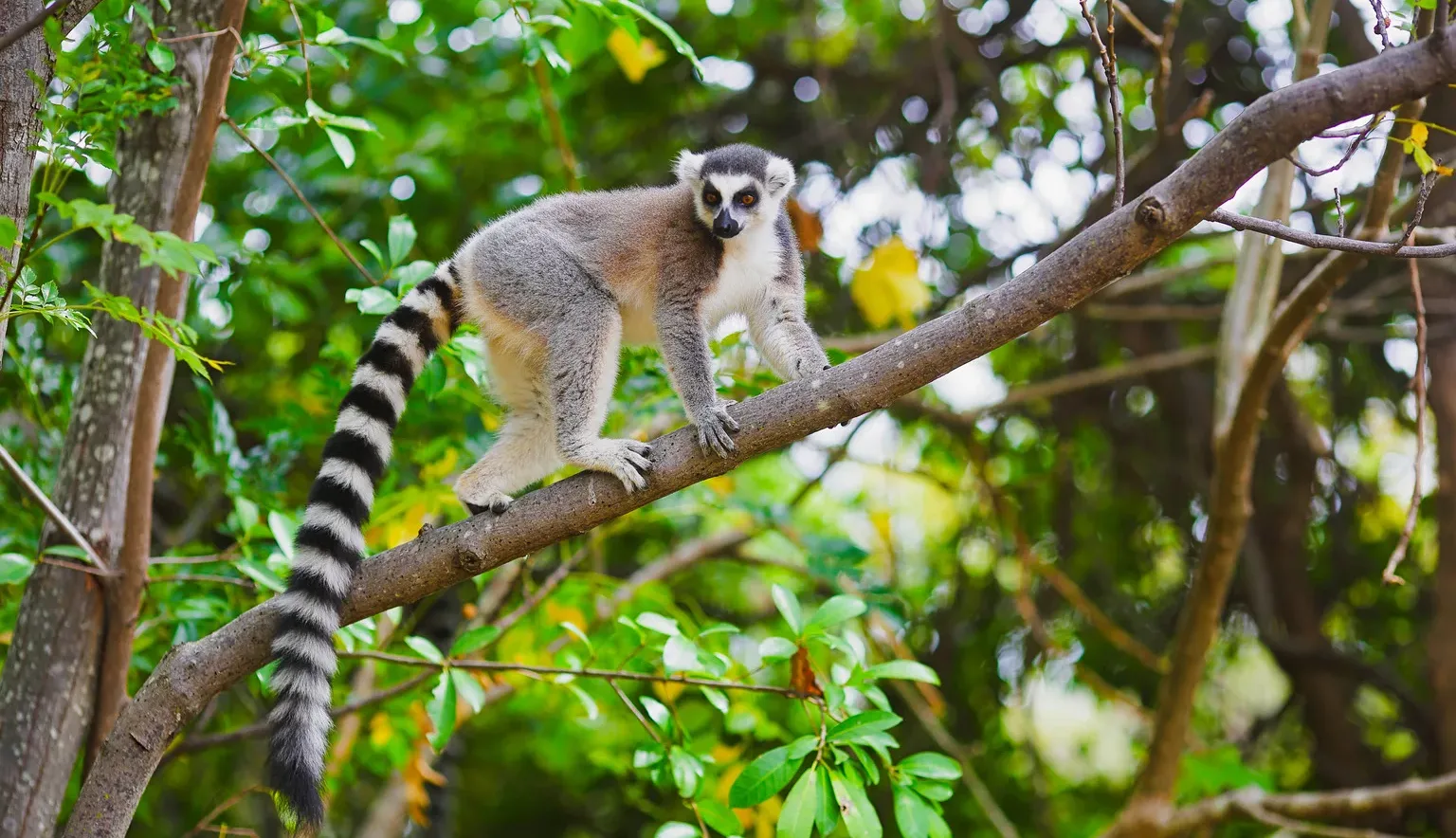
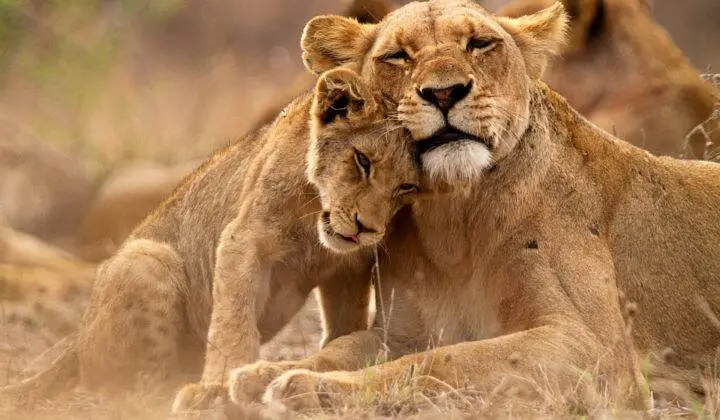
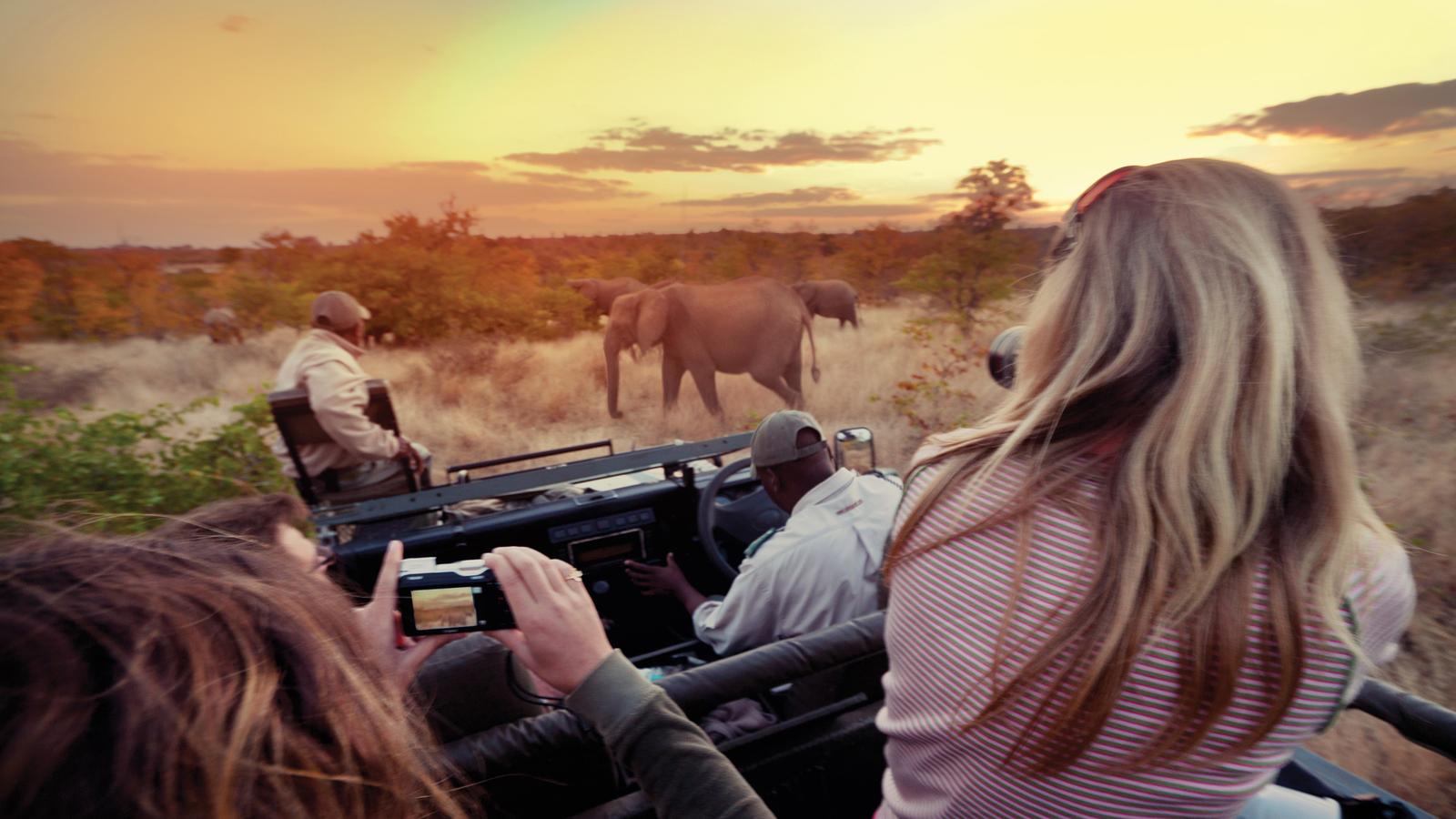
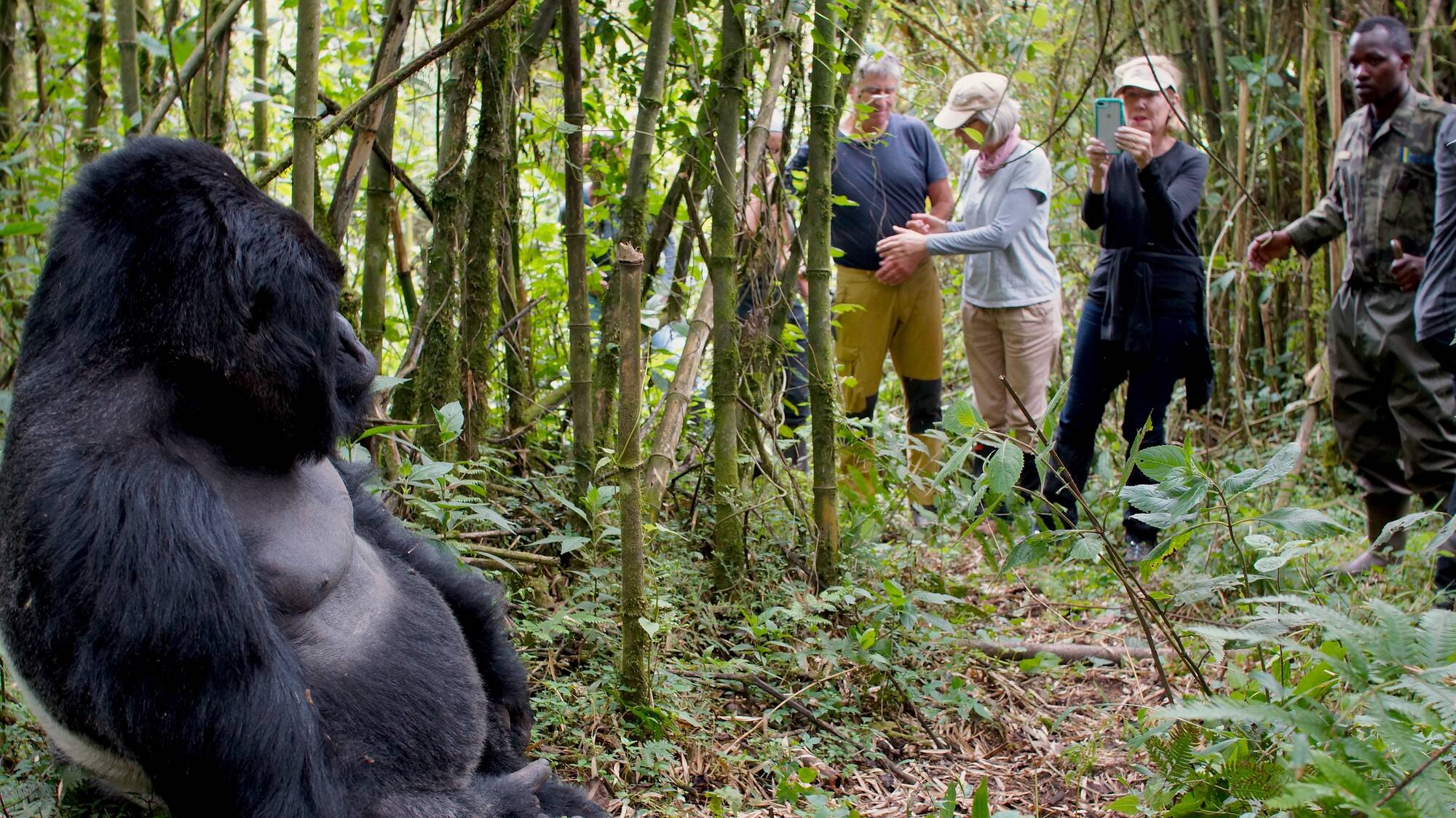
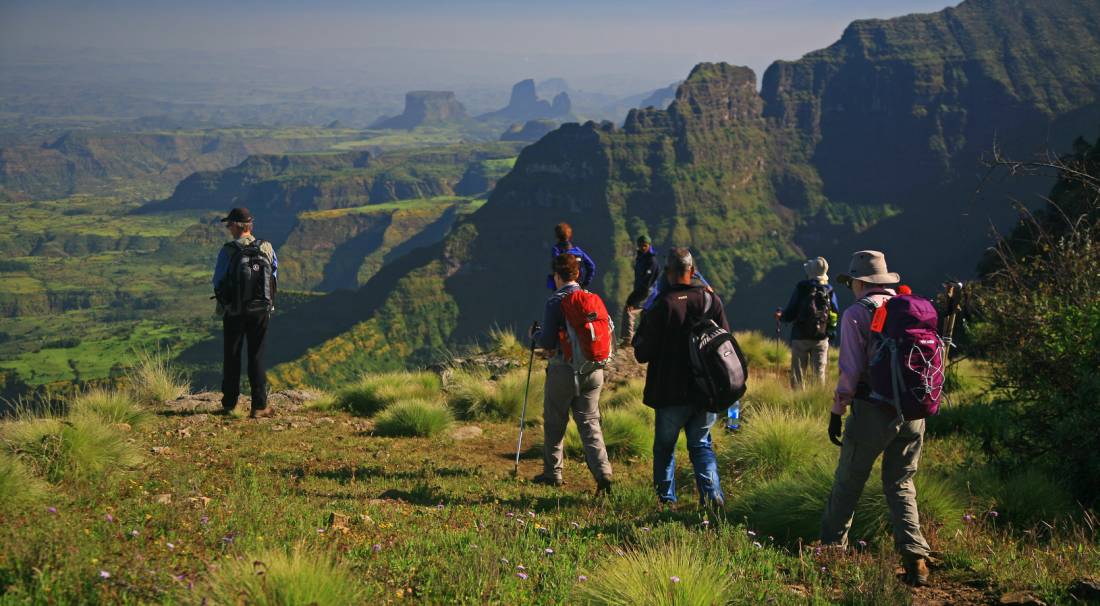
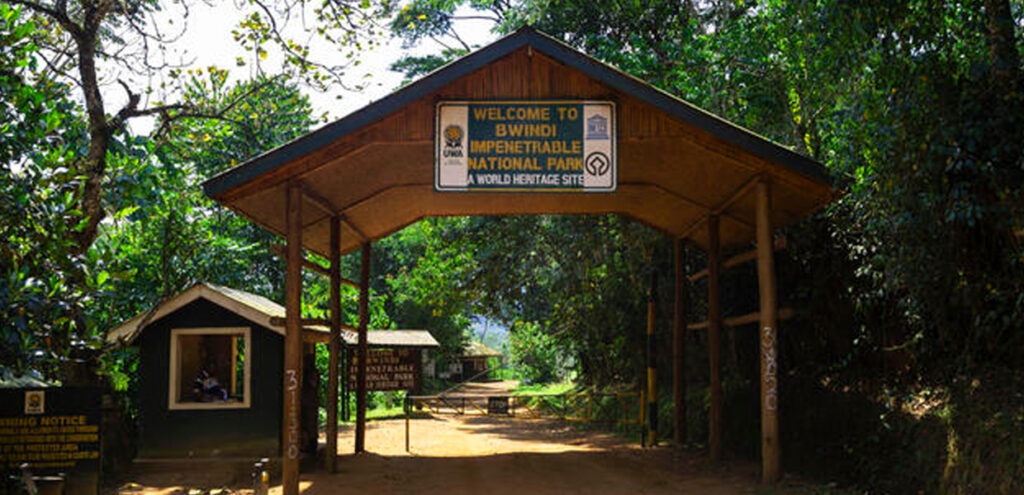
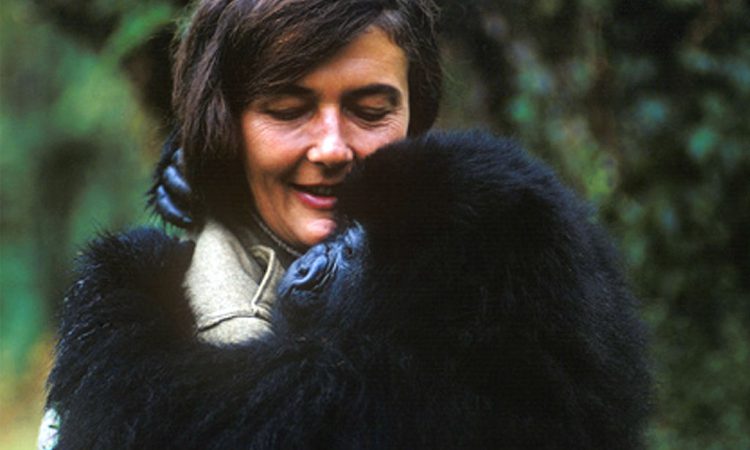
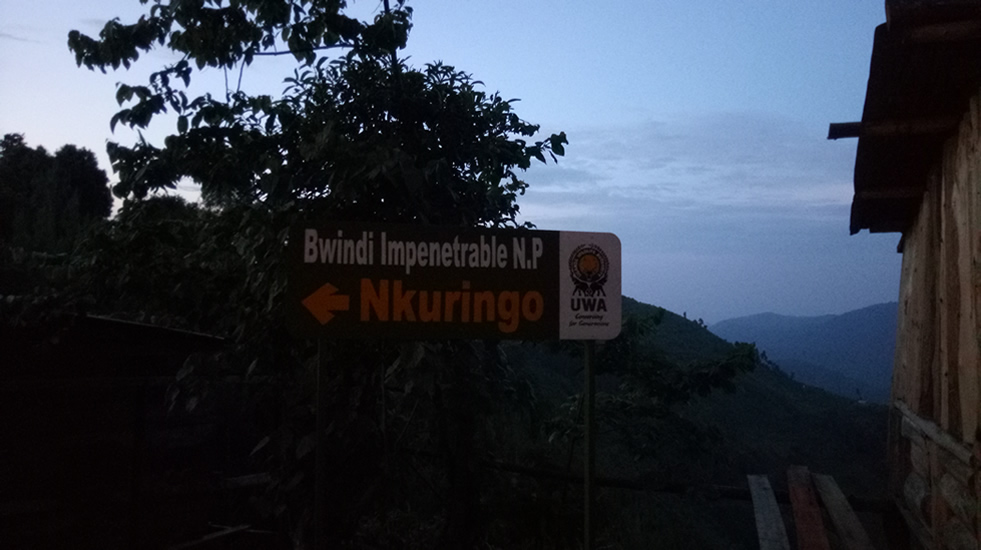
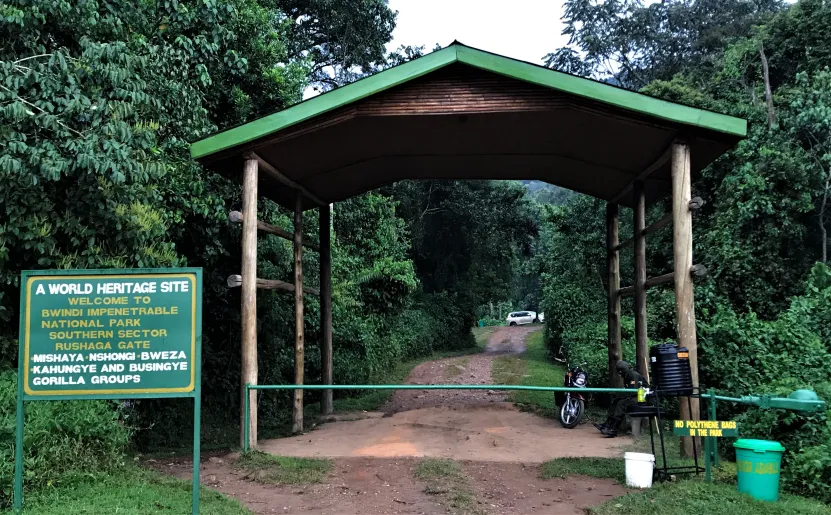
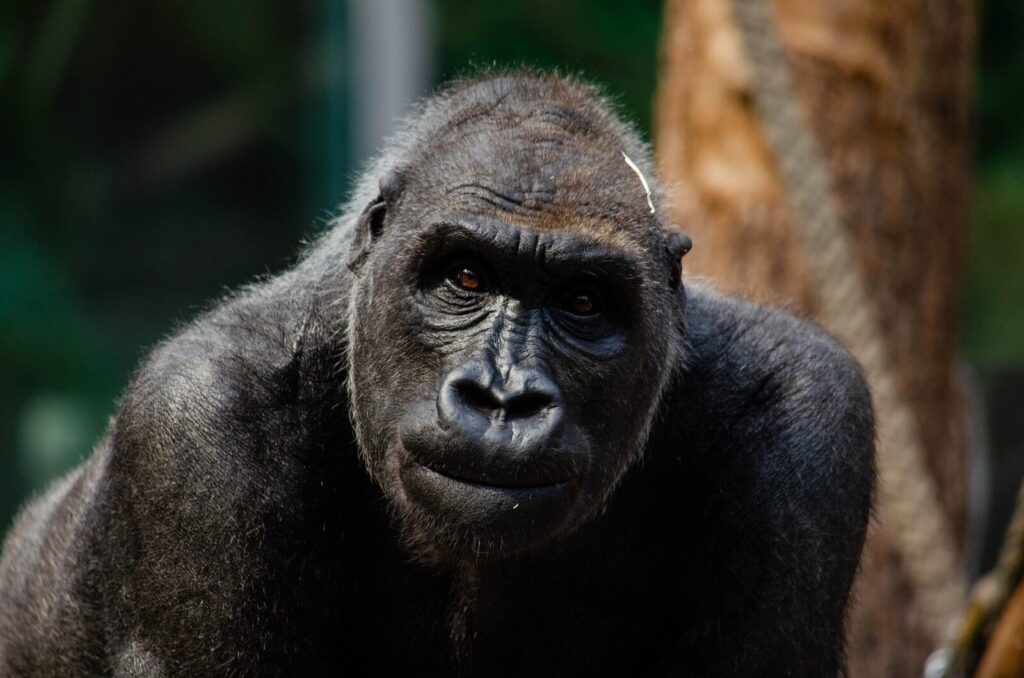
 WildHorn Africa – Authentic and unforgettable tours across Africa, guided by local experts who know the land, wildlife, and culture best.
WildHorn Africa – Authentic and unforgettable tours across Africa, guided by local experts who know the land, wildlife, and culture best.


